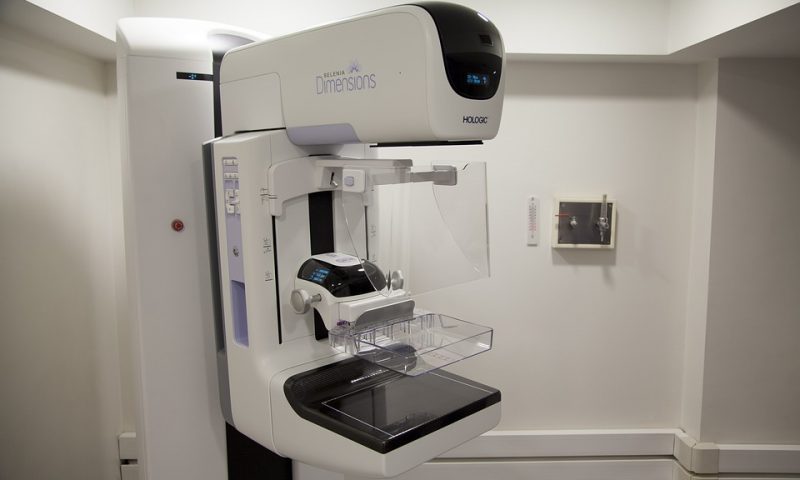Women often shrug off having mammograms done despite being reminded every October during National Breast Cancer Awareness Month. Studies have actually shown that more than half of women who should have the yearly screening done, women age 40 and above, do not follow through with it. This statistic is surprising when another study shows that four out of five women agree that mammogram screening is important for women’s health.
Why are mammograms so important for a women’s health? What can they detect? Simply put, mammograms save lives. They can detect breast cancer when it is in the early more treatable stages, before a woman even has any symptoms or a lump can be felt. This type of mammogram is called a screening mammogram. A screening mammogram takes two or more x-ray pictures of each breast. These images can detect tiny deposits of calcium that can sometimes indicate the presence of breast cancer or they can pick up small tumors that cannot be felt with the hand when doing self-examination.
Another type of mammogram is called a diagnostic mammogram. These specific mammograms are performed after a lump is found or any other symptom of breast cancer is experienced. These symptoms may include nipple discharge, breast pain, change in size or shape of the breast, or an inverted nipple among other things. A diagnostic mammogram can also be used in special situations where obtaining a screening mammogram is difficult, such as with women who have breast implants.
Are there potential harms associated with mammograms? Yes there are, and they include but are not limited to: false-positives, false-negative results, radiation exposure, and unfortunately not reducing a woman’s chance of dying by early detection.
False-positives results happen when abnormality is seen by a radiologist but there is no cancer present. This happens more often with women who have denser breasts or younger women. This leads to unnecessary stress and anxiety. False-negative results occur when no abnormality is found. This happens in 20% of screening mammograms. The result of this leads to a false sense of security in women and a delay in treatment. As with false-positive results, this tends to happen with younger women and with women who have denser breasts. Abnormalities can easily be missed because of the dense tissue that is found in younger women.
While the risk of harm from radiation exposure is low, the risk is there after having x-rays done repeatedly. While mammograms can detect breast cancer before a tumor is felt, it does not always mean proper treatment will stop an aggressive form of cancer from spreading to other parts of the body quickly. This is usually undetected and a woman’s chance of death has not changed due to early intervention.
The top reasons women state they do not receive a yearly mammogram is the high cost and lack of health insurance. A woman’s health is vital to living a normal life, so always find a way to have your mammogram done every year. It could save your life.

